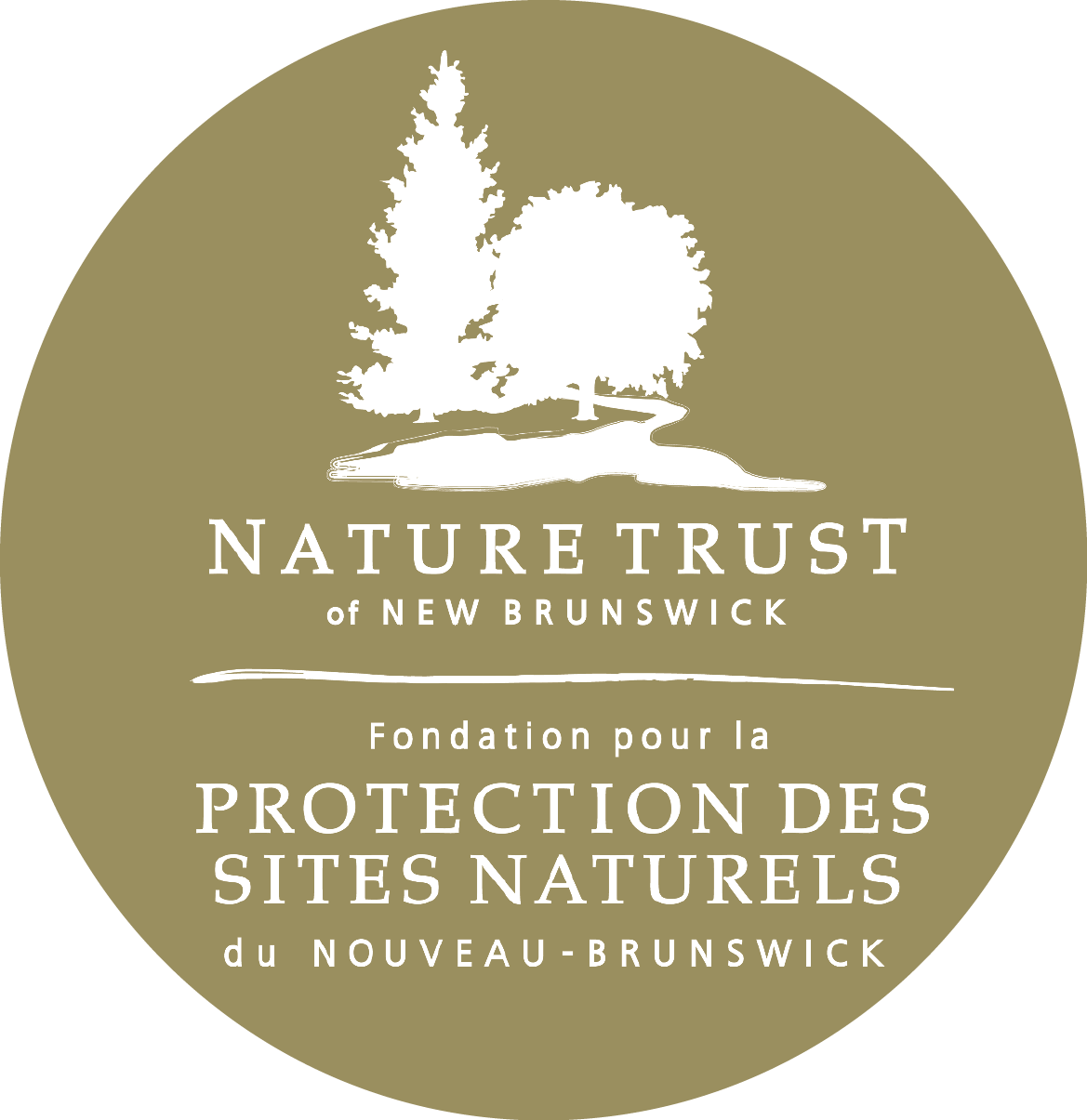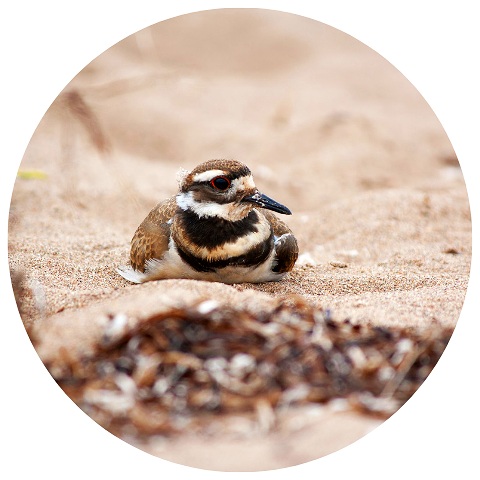Overview
The Pagan Point Nature Preserve is located on the South-Eastern shore of Saint Andrews. Sold for development in 2000, locals feared the loss of access to this valued natural area. The new owners, however, separated a portion of the land for residential use and donated the remaining 12 hectares (30 acres) to the Nature Trust. The donors are Donald and Roty Welstead and Senator Michael and Kelly Meighen. The All Saints Anglican Church and Nature Trust member and friend, Mel Turner, assisted in the transfer.
History
In recognition of the historical significance of Pagan Point and the ecological significance of the salt marshes and woodlands, this preserve allows this valued area and last significant portion of green space in Saint Andrews, to be maintained for future generations.
Ecology
Pagan Point looks out onto Passamaquoddy Bay. The area contains a salt marsh and a wooded area, with a kilometre of sandy beach along the coast. Ecologically significant salt marshes run from the point up the eastern shore of the preserve. These rich marsh ecosystems provide habitat for a variety of birds such as heron, killdeer, and terns. Pagan Point also provides an impressive ocean lookout.
Access and Activities
Access is at both the North and South sides of the preserve. The town’s day-use park area to the South of the preserve has parking next to the walking trail that passes by the preserve. One may also access the beach at this point and walk the shoreline of the preserve. At the Northern end is a parking area established during subdivision development; one may access the 500 m-long trail that borders the preserve here or walk an old laneway that passes by the Northern end of the salt marsh and leads to the beach.
*The property is undeveloped and there are a variety of hazards and risks associated with accessing this preserve. While this nature preserve is open for public access, visitors must assume responsibility for their own actions and safety and are to use the land at their own risk.


